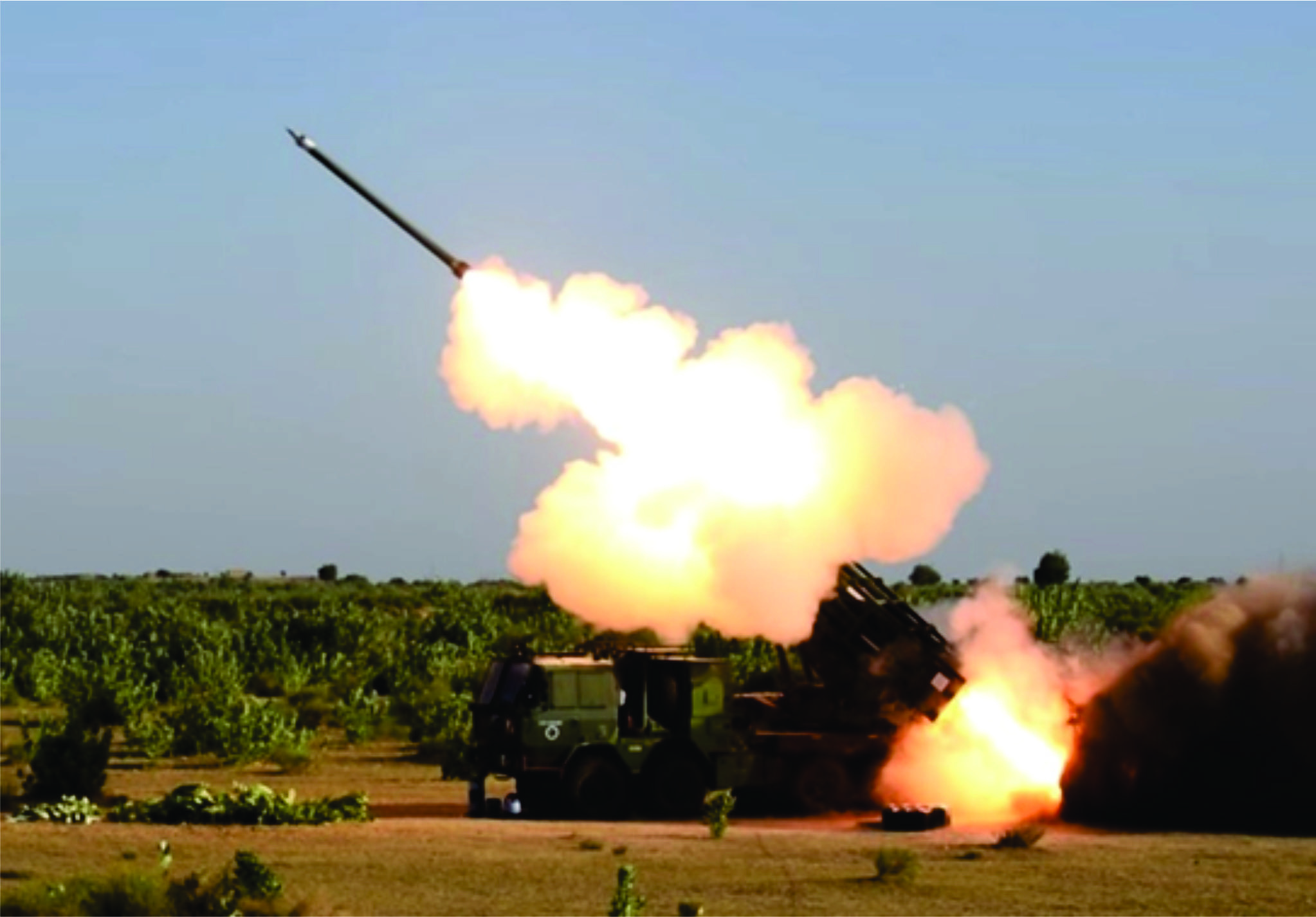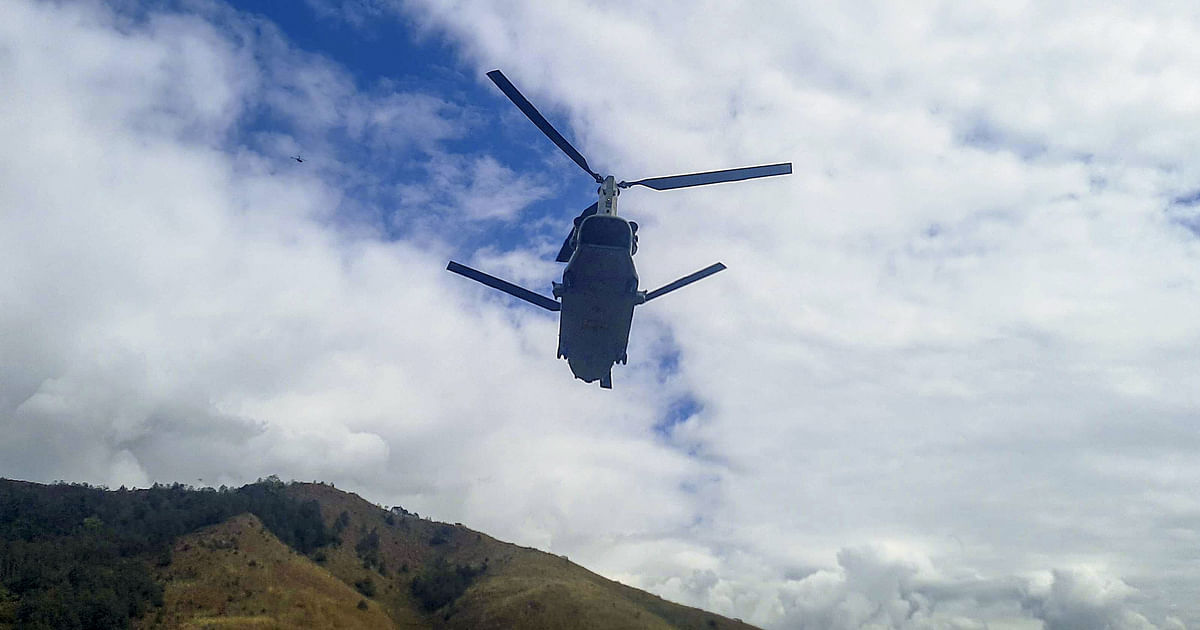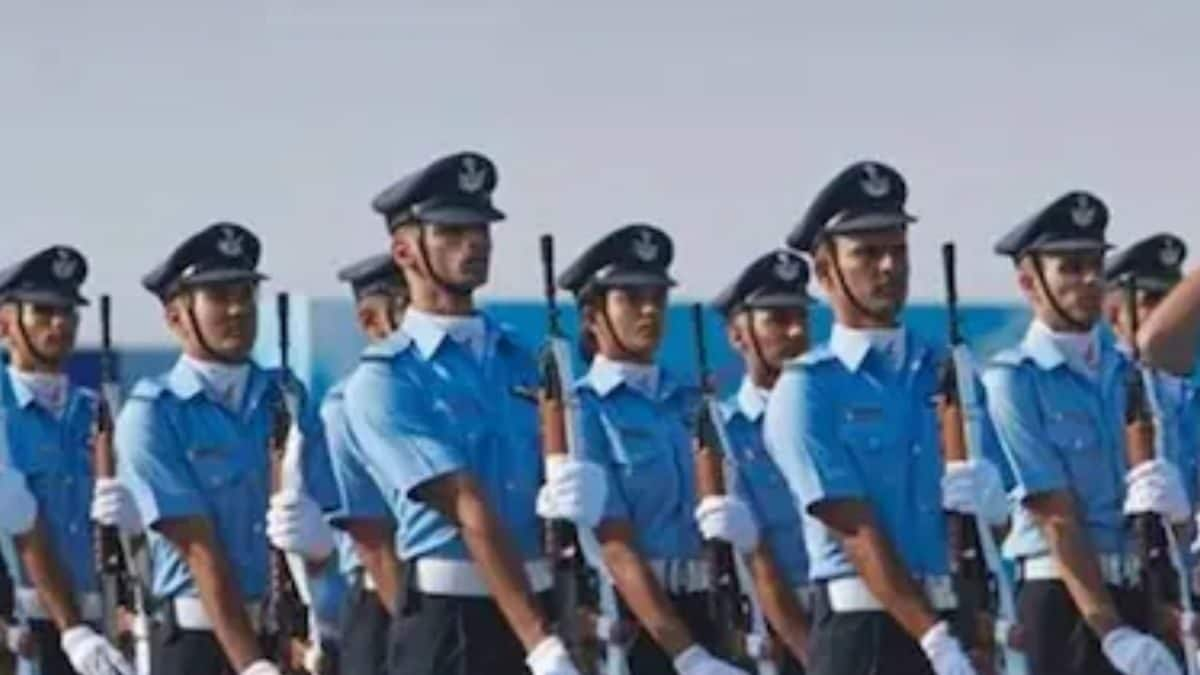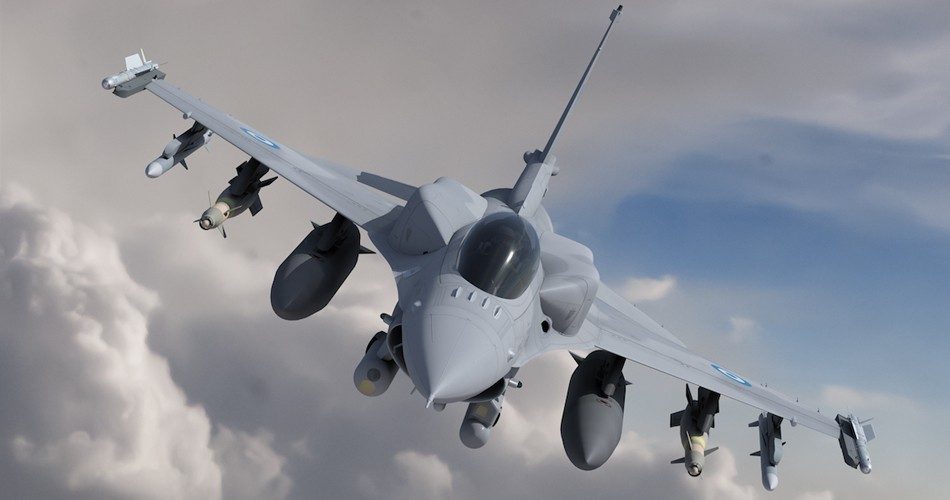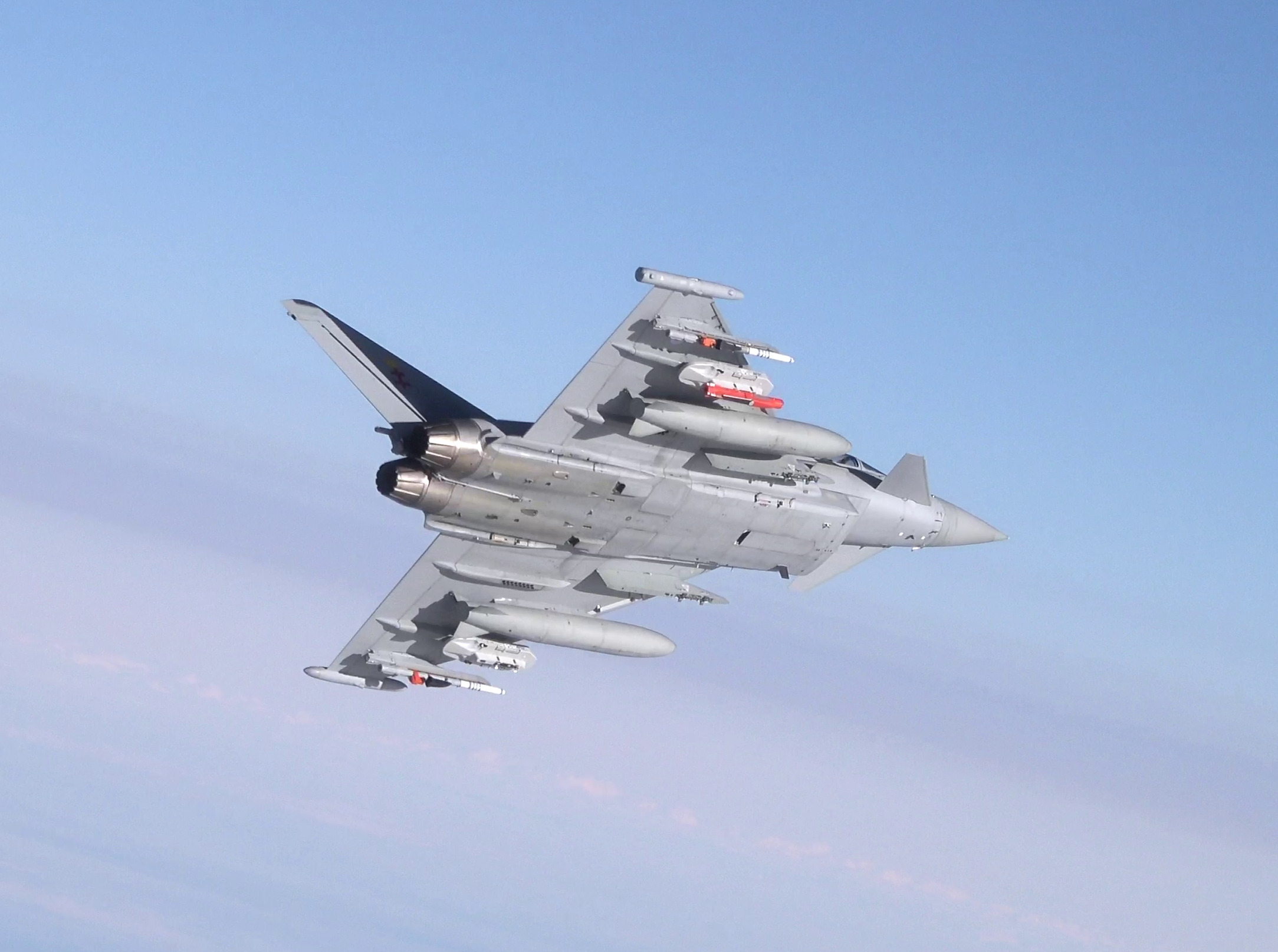Indian Armed Forces Conclude High-Intensity Tri-Services Exercise ‘Poorvi Prahar’ in Arunachal Pradesh
The Indian Armed Forces have recently completed a significant tri-services exercise named ‘Poorvi Prahar’ in the strategically important forward areas…
India Successfully Completes Flight Testing of Guided Pinaka Multi-Barrel Rocket Launcher
India’s Defence Research and Development Organisation (DRDO) has successfully conducted flight testing of the Guided Pinaka Multi-Barrel Rocket Launcher (MBRL),…
Indian Armed Forces Conduct Joint Exercise ‘Poorvi Prahar’ in Arunachal Pradesh
In a significant display of military collaboration, the Indian Armed Forces have successfully conducted a joint exercise named "Poorvi Prahar"…
IAF Agniveer 2024: Subject-wise Provisional Select List Released at agnipathvayu.cdac.in, Download Now
The Indian Air Force (IAF) has made significant strides in its recruitment process for the Agniveervayu program, recently unveiling the…
US Approves $160 Million Military Sale of F-16 Engine Support Services to Greece
The US State Department has given the green light for a substantial foreign military sale valued at $160 million, aimed…
UK Flight Tests SPEAR-3 Guided Cruise Missile for First Time
The UK has successfully conducted the inaugural flight test of the SPEAR-3 air-to-ground guided cruise missile, marking a significant milestone…


